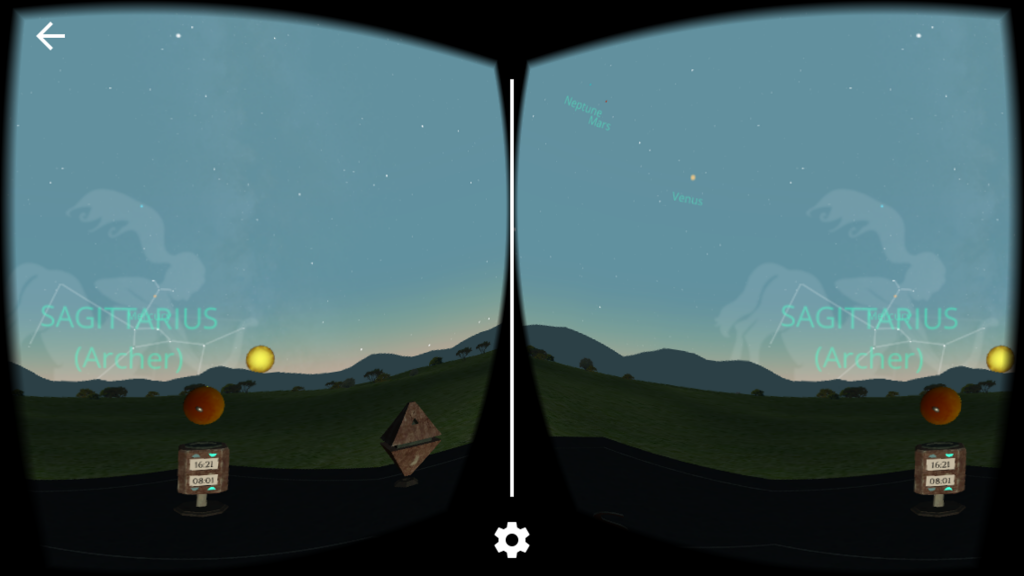Just finished and submitted the iPhone / Google Cardboard version of Pocket Observatory! It really paid off to use Unity – porting from Android with the Oculus SDK to iPhone with GoogleVR turned out to be really easy.
Here are the quirks I encountered, might be useful to know if you’re embarking on a similar project:
- In Gear VR, system messages (e.g., asking for permissions) are displayed properly and can be confirmed while you’re in VR. On the iPhone, a standard system dialog pops up. To deal with location service permissions, I trigger the message from within a special startup scene, before entering VR mode in the main scene.
- Texture compression support has to be adjusted with the platform. On the iPhone, compression defaults to PVRTC, which requires square textures. The Unity importer stretches non-square textures to make them compressible with PVRTC. This results in awful artifacts, so I had to go over the compressions options for all of my (non-square) textures.
- Make sure the text for camera use permission is set in the iOS player settings – in GoogleVR, there is a UI button to allow the user to switch viewers. This will activate the phone’s camera in order to scan the QR code on the viewer. Not setting the text will result in an app crash.
- Unfortunately, the Cardboard app doesn’t run in the simulator – there is no suitable architecture of the gvr library, so the app crashes at startup. I guess it would be possible to build the library from source, but haven’t tried that yet.
Visit https://pocketobservatory.com for details regarding app features and release plans!

